Vigo (Spain)-once a modest fishing village, and now a major port and industrial city in the north-west of the country. Vigo is the largest city in the Galicia region and the 14th in Spain, with an area of 109 km2 and a population of over 295,000. In addition, Vigo is considered the largest fishing port in Europe.
In Vigo, Castilian and Galician languages are spoken, and young people speak good English.
Urban development is quite interesting, original and diverse. There are a wide variety of architectural styles, and all the houses are built according to individual projects: there are no faceless typical buildings that disfigure many cities in the world. On the city streets there are statues and sculptures made in various styles-from “flashy” abstract to realistic.
Until recently, the city of Vigo could not be attributed to the popular tourist destinations in Spain-this was hindered by the reputation of a large commercial and industrial center. But over the past few years, many tourists have managed to appreciate the charm of the beautiful beaches of Vigo, the romance of its Old Town, the beauty of natural attractions. Sailing enthusiasts also come here: there are excellent opportunities for surfing and kite riding.

Interesting fact! The Bay of Vigo has an important role to play in the book by J. R. R. Tolkien. Verna “20,000 leagues under the sea”: only thanks to the treasures from the sunken Spanish ships, Captain Nemo was able to build the Nautilus.
Vigo Old Town
Like many cities in Spain, Vigo has a historic center. It is located on the slopes of a hill, so the streets often have steep steps leading down to the port. Most of the streets are connected by narrow alleys, and almost all of them are winding.

One of the most notable buildings of the Old Town is the Cathedral of St. Mary – a vivid example of neoclassical style and a significant city landmark.
This building is surrounded by four squares: Plaza Constitucion, Plaza Almeida, Plaza Princesa and Plaza de Pedra. Around all the squares rise interesting 4-5-storey stone structures: on the first floors there are beautiful arched galleries, and on the upper floors there are no less attractive balconies. Even more modern buildings are designed in the same ” old ” style and look harmoniously against the background of historical attractions.
The main street of the historical center is Rua Real (Royal). It starts from the cathedral and leads to the old port. Along this street there are old fishing houses, the oldest dates back to the beginning of the XVII century, and the youngest was built in the XIX century.
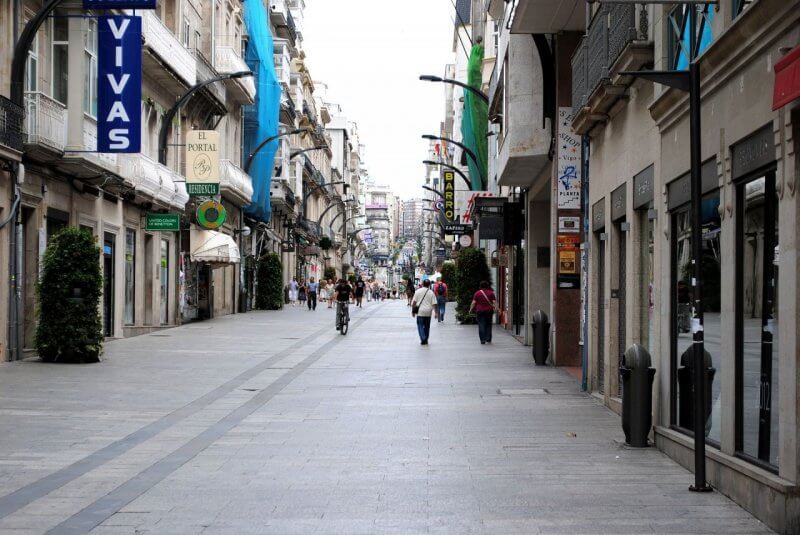
Monuments of Vigo
The streets of Vigo have original sculptures that can be considered local attractions.
Sculpture of a Siren
“El Sireno” is an extravagant monument by the sculptor Francisco Leiro. Seren is a completely unusual fish-man, placed on a high pedestal. Seren is in a surprisingly uncomfortable position and admires the sea. The Sirenu monument is located in the Old Town, next to the port, on Porta do Sol Street.
Monument to horses
The center of new Vigo is considered to be the Plaza de Espana, not too elegant and overloaded with cars. But in this square there is a noteworthy attraction: the los Caballos sculpture group, depicting wild horses looking up into the sky.
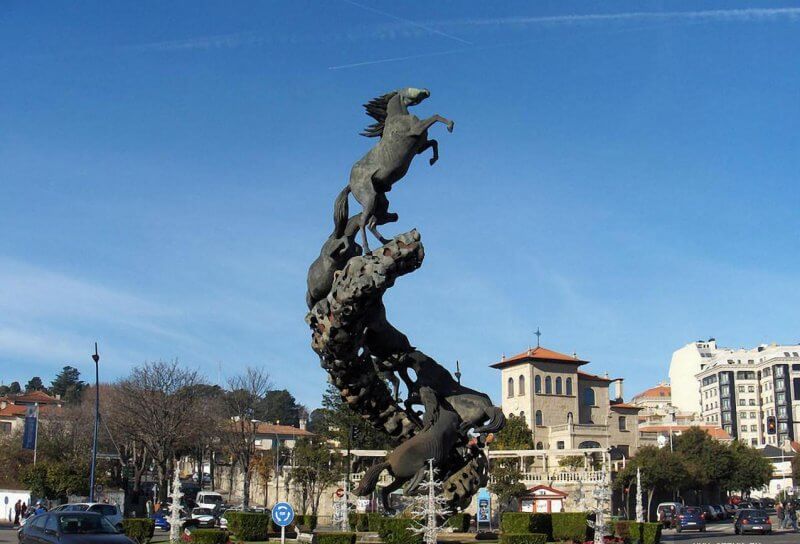
This sculpture shows the freedom-loving wild horses that live freely in Galicia even now, and symbolizes the unbridled energy of the wild. And it also hints at the equally freedom-loving and unbridled nature of the Galicians.
Monte del Castro Park
One of Vigo’s iconic landmarks is the well-kept Monte de O Castro City Park, with its centuries-old trees and sparse shrubs.
“Monte” means “mountain”, and it was on this mountain that the first settlements of the pre-Roman era were once located, surrounded by stone walls of a powerful citadel. Not far from the ancient fortress walls there are other attractions: real anchors and cannons, reminiscent of the battle of the Franco-Spanish and Anglo-Dutch fleets that took place in 1702 in the bay of Vigo.
The hills of Monte del Castro Park offer an excellent panorama of the city, the bay and the Cies archipelago.
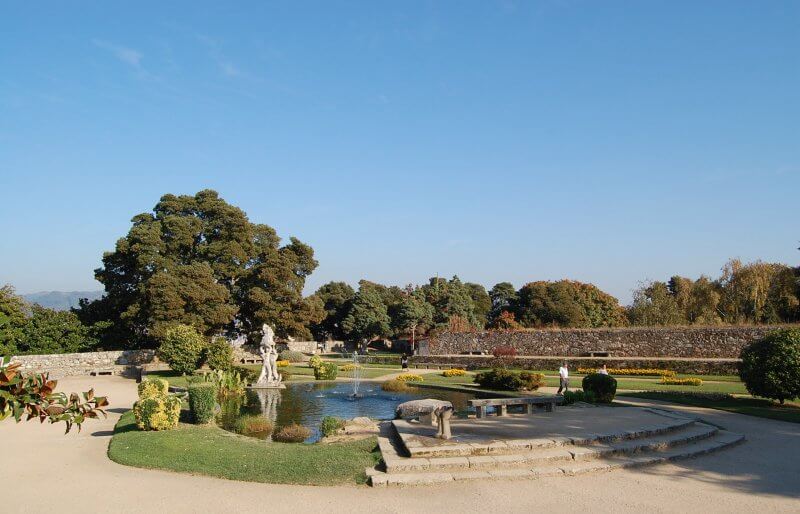
You can climb the mountain, where the city park is located, from Plaza de Espana or from Camellias Street. It takes about 30 minutes to walk from Plaza de Espana to the top of the park.
Place of interest: Paseo cedros, s / n, 36203 Vigo, Pontevedra, Spain.
Vigo Beaches
The city of Vigo (Spain), located on the shore of a picturesque bay of the Atlantic Ocean, boasts 45 beaches. Some are located closer to the city, noisy and full of entertainment, in large numbers filled with the public. Some of them are located a little further across the bay, quieter and more peaceful.
You can read more about all the beaches of Vigo on the website www.turismodevigo.org in the section “Un mar de naturaleza, playas de Vigo”. It also lists the addresses of each recreation area and describes bus routes to them.
Important fact! In 2016, 9 beaches of Vigo received the Blue Flag, confirming excellent water quality, impeccable ecological conditions and high safety of services.
Samil
Vigo’s most famous beach is Samil, located near the city center.
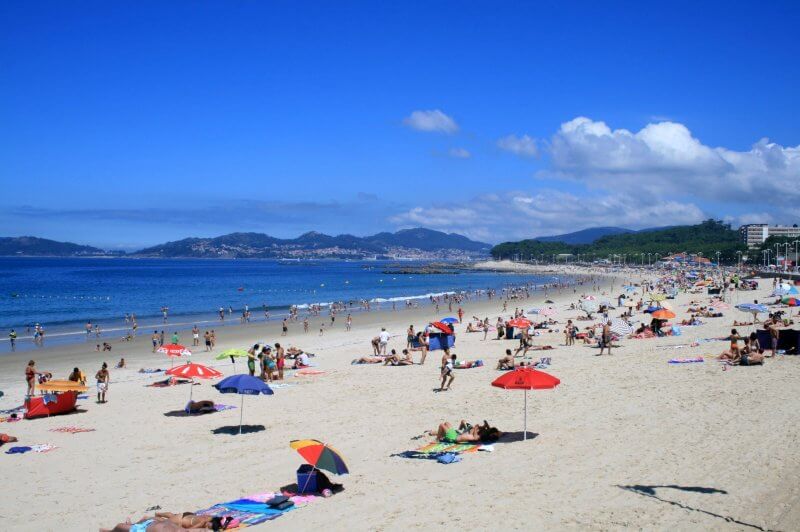
Samil, which is 15 m wide and almost 1700 m long, is shaded on one side by a pine forest. This recreation area has excellent infrastructure:
- there are showers and changing rooms, toilets;
- sports grounds are equipped for different types of games;
- there are three swimming pools and an ice rink;
- shops and cafes can be found along the boardwalk;
- a free car park stretches along the road;
- rental points for boats and water sports equipment, as well as sun beds and umbrellas are open.
It should be noted that after 16:00 Samil becomes especially crowded, since local residents converge there after the end of the working day. This beach is also popular among night entertainment lovers.
Vao
A little further away, 10 km from Vigo, is the less lively Vao Beach.

It is very picturesque, covered with soft white sand. It is 800 m long and 45 m wide. For a comfortable stay on Vao there is everything you need:
- showers and changing rooms, toilets;
- numerous bars and cafes;
- football field;
- free parking.
Cies Islands
The Islas Cies is a small archipelago located a few kilometers off the west coast of Galicia and blocking the entrance to the Bay of Vigo. The archipelago consists of three fairly large islands and four very small ones. The big three are: Isla de Monteagudo in the north, Do Faro in the middle, and San Martino in the south.
The archipelago is part of the Galician National Park of the Atlantic Islands, which means that not only land, but also water are protected by the Spanish authorities. A maximum of 2,200 tourists are allowed on The Islas Cies per day.
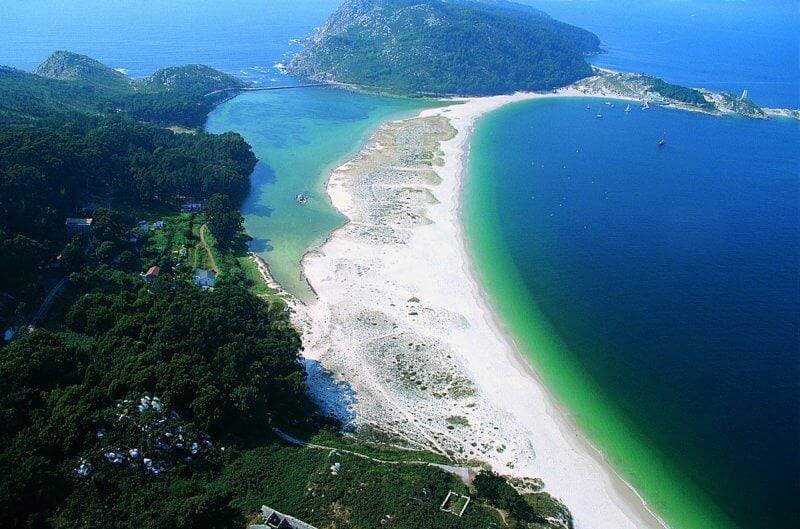
A tip! It is forbidden to build a fire on the territory of the natural attraction, so you must take a sufficient supply of water and ready food with you. You can eat in the cafe on the pier, there are affordable prices, but there are always long queues.
The Islas Cies does not have any land transport, but there are eucalyptus groves, so the air there is unrealistically clean and fresh. Landscapes of picturesque pristine nature are spread out here in front of travelers walking along specially laid trails.
The two islands of the reserve (Monteagudo and Do Faro) are connected to each other by a sandbar that turns the strait between them into a cozy lagoon. The longest and most picturesque beach of the Sies archipelago is located on the spit: Rodas with a length of 1.2 km.
Interesting fact! In 2012, the English newspaper “Guardian” included Rodas in the TOP 10 best beaches in the world.
Monteagudo and Do Faro are regularly served by water transport in summer from Bayona and Cangas (4-5 flights every day), as well as from Vigo. A ferry departs from Vigo pier several times a day, the first flight at 9:15, and the last flight from the island at 20: 00. The journey time is 40 minutes. Travel to and from the islands in July and August costs € 18.50, while in low season it costs € 16 for adults and is free for children under 12. At the height of the season, it is advisable to book tickets in advance – you can do this on the website of the carrier Mar de Ons, but you will have to get them at the ticket office in the port.
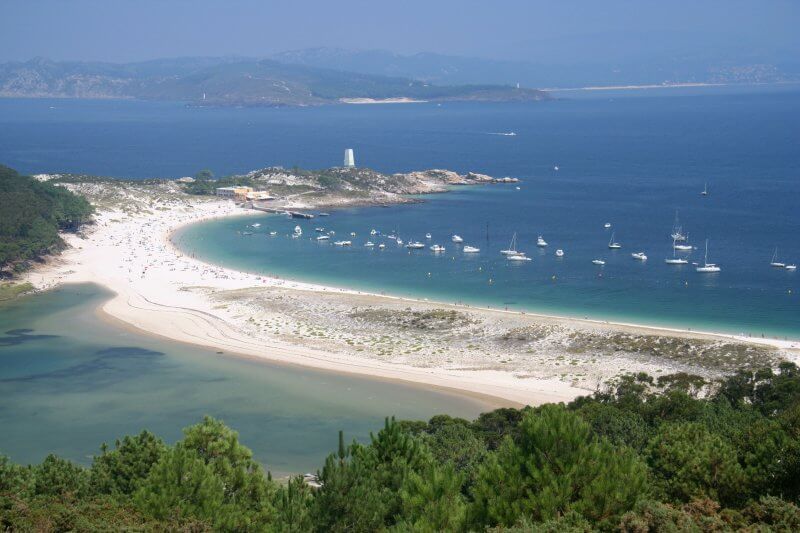
There are no hotels on The Islas Cies, but there is an 800-seat campground on Do Faro. This campsite is designed for fans of the Spartan modus vivendi – the only opportunity to stay in the reserve longer, but no more than 15 days. Booking is mandatory, especially in high season. You will have to pay 45 € per night for a tent, but if you take your own, the price for a place will be 24 €.
A tip! If you plan to spend the night at a campsite, you should definitely bring warm clothes – it’s always cold in the evenings. You will also need binoculars to watch birds, and a mask with a snorkel for diving.
Accommodation in Vigo
There are quite a few hotels in Vigo, and, as in all of Galicia, their prices are relatively affordable.
Most of the hotels are located in the historical part of the city. If you live in this area, it will be convenient to get to the main attractions. And when most cultural places are already closed, you can go to a bar or restaurant – here are the best of them, and in huge numbers. But many of the buildings in this area are old and not very comfortable: the rooms are small and there is no heating in the cold season. As for prices, here they are the highest in the city.
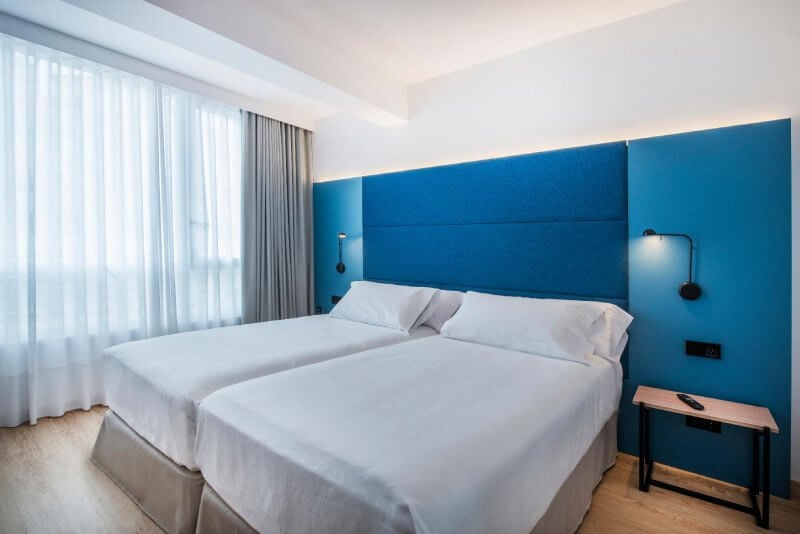
More modern hotels can be found closer to the port, in the Rua Urzaiz area. Hotel rooms are more spacious and comfortable there, there are supermarkets and even the El Corte Ingles shopping center. Restaurants and bars are also available, it is not difficult to get to the sights, and the situation is much calmer.
All hotels in Vigo fully meet the stated star rating. There are two 5* hotels in the city, where a double room will cost from€ 100 per night. The cost of a double room in a 4* hotel is 60-90€ per night, and in a 3* hotel-40-80€. You can rent a one-bedroom apartment for an average of€ 100 per day.
How to get to Vigo from Madrid
There are different ways to get to Vigo from Madrid (the distance between them is 600 km).
Vigo has an airport called Vigo-Peinador, where planes arrive from different cities in Spain and Europe. Since there is no direct connection to Ukraine and Russia in Vigo, and connections are not always convenient, it is best to fly to Madrid, and then get there by low-cost airline. The fastest direct flight lasts 1 hour and 5 minutes, and tickets start at €50. At the airport there is a bus stop, from where a bus goes to the city at intervals of 30 minutes.
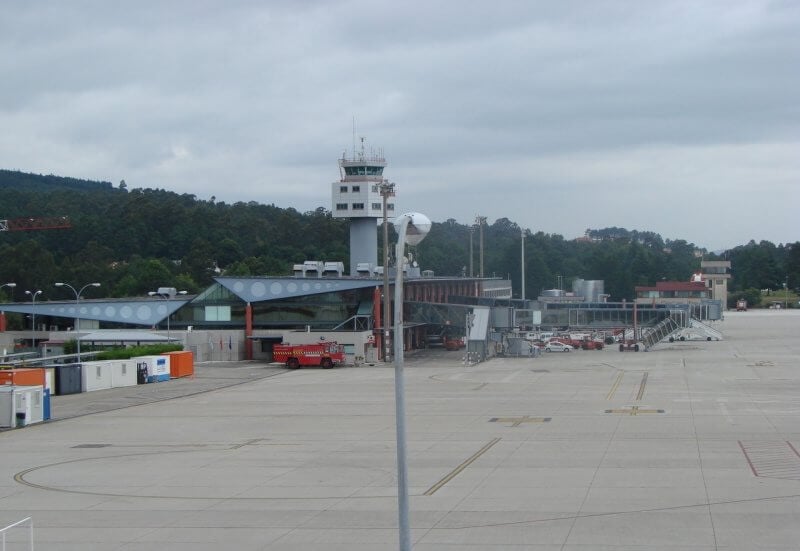
You can travel from Madrid to Vigo by train. There are 6 flights daily: the first at 7: 15, the last at 22: 14. The journey takes from 6 to 12 hours, depending on the type of train. The last flight is the Trenhotel night train, which has fairly comfortable shelves. Tickets cost from 34€, for a night flight from 79€ — you can buy them both at the ticket office at the railway station and on the Spanish Railways website: https://venta.renfe.com
Avanza Grupo buses depart from Madrid’s Auto Res bus station in Vigo a couple of times a day. Travel time is about 9 hours, ticket price starts from 40 €. You can buy a ticket at the bus station or on the Avanza website: www.avanzabus.com.
Climate and weather conditions in Vigo
The climate in Vigo is called temperate oceanic, and in general it is atypical for Spain.

Summers here are dry and warm, without excessive heat. Daytime temperatures, even in July and August, rarely rise above +25°C, and at night, on average, it drops to a comfortable +19°C.
By the end of October, tourists on the beach becomes much less, as the average temperature is already +18°C. Precipitation in autumn falls in large quantities: up to 180 mm per month.
Winter in Vigo is cool, but not harsh: the average temperature is +13 … 16°C, sometimes + 9°C, and very rarely it can drop to 0°C. The sky is mostly overcast and there is no snow.
With the arrival of spring, the temperature gradually changes from +14 to +23°C. The weather is changeable, it is impossible to predict it, and you should always carry an umbrella with you.
It is better to go to Vigo (Spain) from May to October, when the weather is quite dry, sunny and warm. At this time, you can relax by the sea, and get acquainted with the sights will be comfortable.

